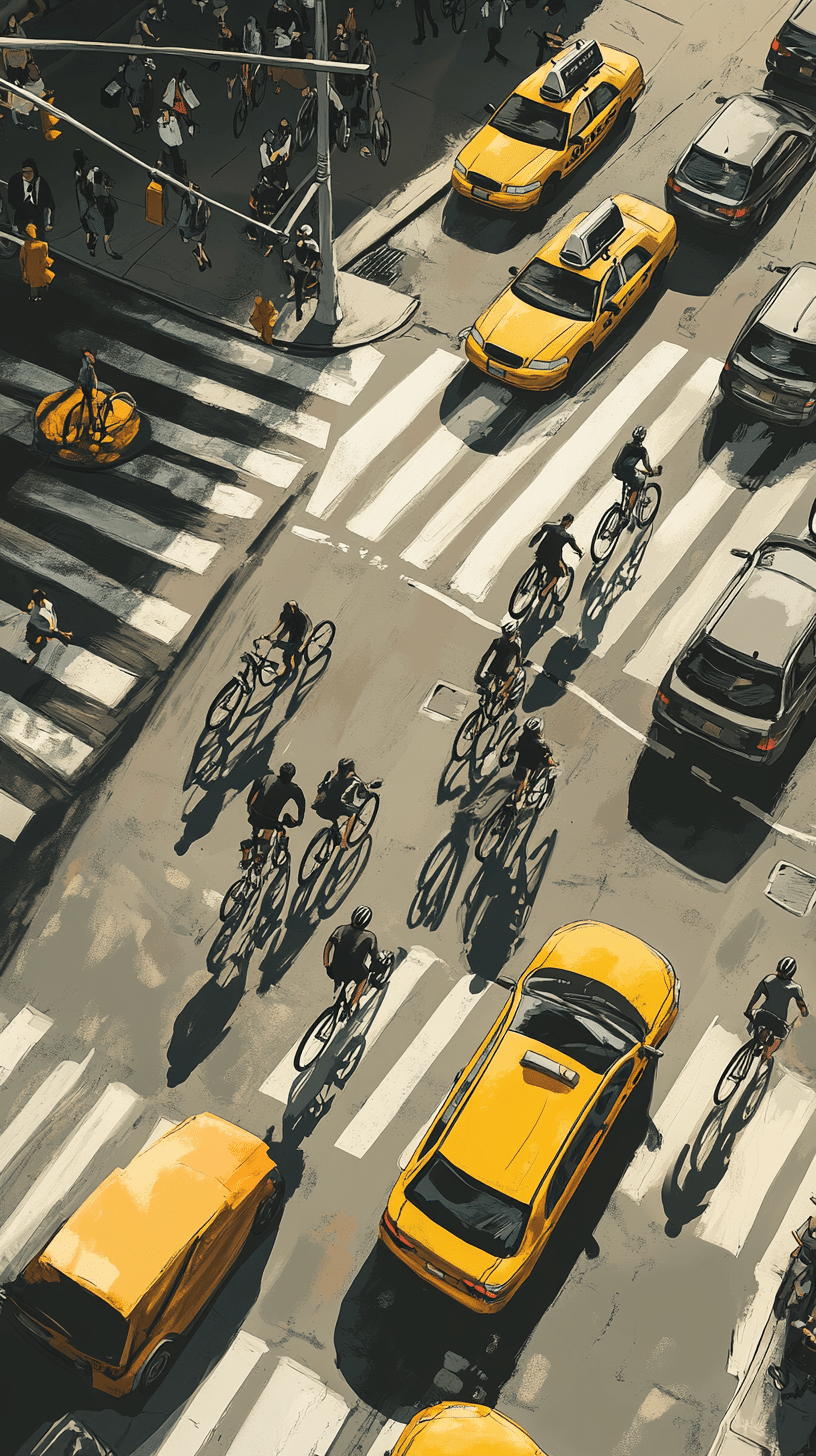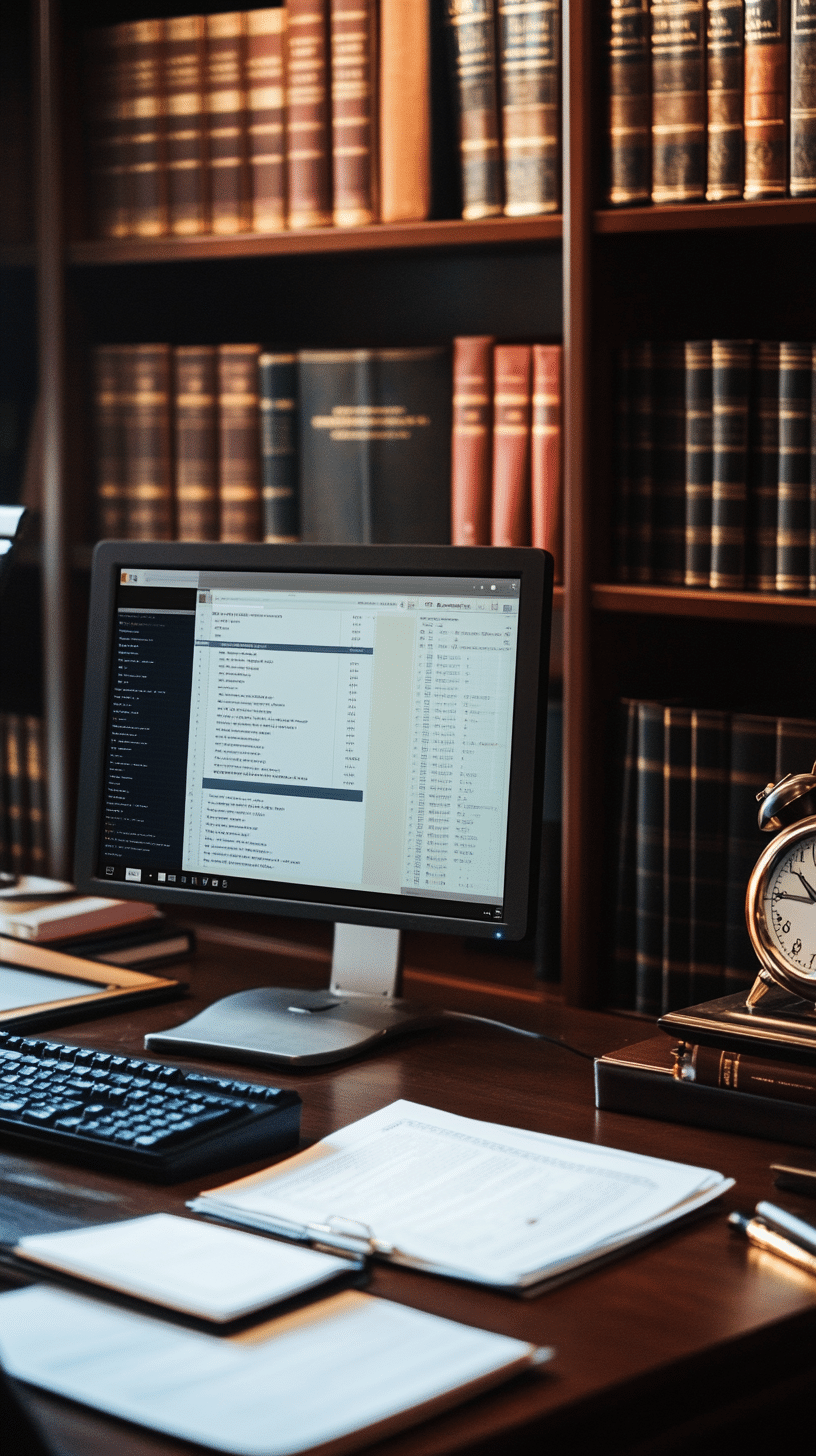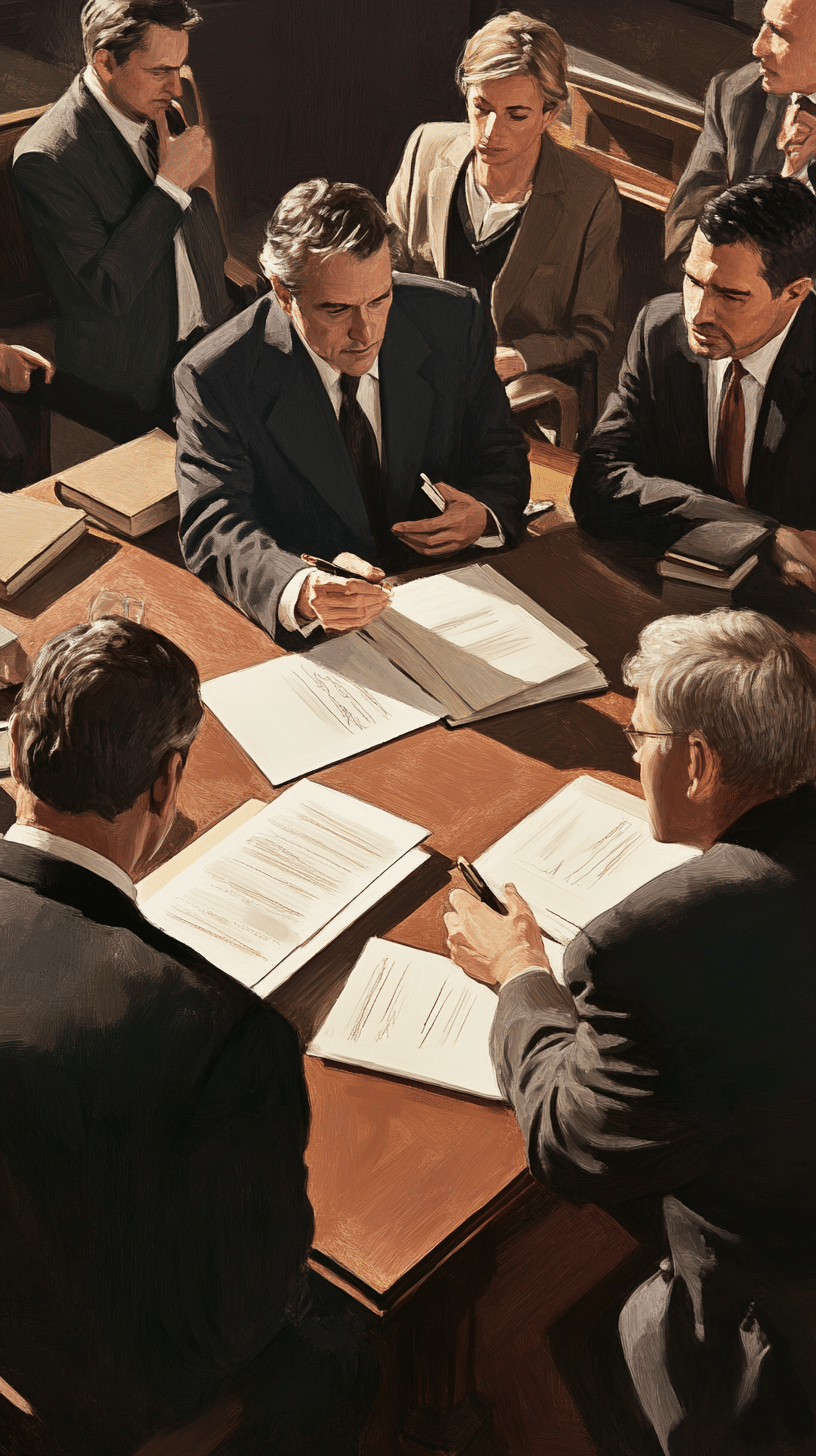Bermejo v New York City Health & Hosps. Corp., 2015 NY Slip Op 08374 (2d Dept. 2015)
Once the genie is out of the bottle, it can never be put back in. Whether the IME was 3 minutes, 5 minutes or 20 minutes, it still opened up a can of worms about the IME process. I am going to leave out Judge Hart’s threats to have Dr. Katz prosecuted – but read the case. It is surreeal.
By the way – I have no opinion in this case that I am going to share you.
Here is the pertinent testimony:
Dr. Katz
“Q: Well, how long do you have a custom and practice when you’re doing a shoulder exam as to how long you generally take?
“A: I don’t really have, you know, an allocated time.
“Q: Well, would you believe in at least your experience that it would be more or less than 15 minutes?
“A: Quite frankly, I don’t know.
“THE COURT: Excuse me, Doctor, I cannot accept an I don’t know. You have been doing this for awhile. I will have to insist on what your custom and practice would be as to what type of, the length of an exam of this type.
“THE WITNESS: I think in the range of between ten and 20 minutes would be appropriate.”
With regard to the second IME, Ms. Ramirez testified as follows:
Ms. Ramirez
“Q: And how long did that exam take?
“A: The actual exam was three minutes. The total evaluation was like five.
“Q: And how do you know that it was three minutes?
“A: I pretty much timed it.
“Q: And how did you time it?
“A: With my phone.”
Problems
1) The tape was not disclosed prior to trial. 2) 10-20 minutes was not 5. 3) IMEs should not be taped. 4) Mistrial now occurred. 5) Defendant wants a new IME
Principles of law
(1) “There is no restriction in CPLR 3121 limiting the number of examinations to which a party may be subjected, and a subsequent examination is permissible provided the party seeking the examination demonstrates the necessity for it (see Rinaldi v Evenflo Co., Inc., 62 AD3d 856, 856; Huggins v New York City Tr. Auth., 225 AD2d 732, 733; Young v Kalow, 214 AD2d 559, 559). Furthermore, after a note of issue has been filed, as in this case, a defendant must demonstrate that unusual and unanticipated circumstances developed subsequent to the filing of the note of issue to justify an additional examination (see 22 NYCRR 202.21; Giordano v Wei Xian Zhen, 103 AD3d 774, 775; Schissler v Brookdale Hosp. Ctr., 289 AD2d 469, 470).”
(2) “Thus, the foregoing case law contemplates that a plaintiff will normally be entitled to have his or her attorney present at an IME, but that permission to employ the additional measure of videotaping the examination will be granted only where the plaintiff establishes the existence of special and unusual circumstances. The latter proposition presupposes that a request for the court’s permission to engage in videotaping will be made.”
(3) “While CPLR 3101(i) was enacted for the primary purpose of preventing unfair surprise in situations where a defendant uses surveillance video in an attempt to reveal that a plaintiff’s injuries are not as severe as the plaintiff claims they are, the statute employs broad language, which is not limited to such a scenario, but instead requires disclosure of “any films, photographs, video tapes or audio tapes” of a party, regardless of who created the recording or for what purpose”
(4) “Thus, the failure of the plaintiff’s attorneys to disclose to defense counsel the videotape depicting the plaintiff being examined by Dr. Katz violated CPLR 3101”
(5) “Notably, as the Supreme Court anticipated, its condemnation of Dr. Katz has had an effect on other cases. In several recent cases in which Dr. Katz was retained to perform IMEs, courts have been presented with requests for new IMEs based on the events that transpired in the present case.”
(6) My favorite line: “In sum, given the avalanche of errors that occurred in this case, we find that the appellants satisfied their burden of demonstrating unusual and unanticipated circumstances justifying an additional medical examination of the plaintiff by an orthopedist to be designated by them.
(7) Sanctions: “Thus, we conclude that the conduct of plaintiff’s counsel was frivolous within the meaning of 22 NYCRR 130-1.1, and that the Supreme Court abused its discretion in denying those branches of the appellants’ motions which were for an award of costs against plaintiff’s counsel. The appellants are entitled to recover from Patrick J. Hackett and Constantinidis & Associates the costs they incurred in participating in the first trial on the issue of damages, as well as the costs they incurred in making and litigating the motions at issue on these appeals and in pursuing these appeals. Upon remittal, the Supreme Court should conduct a hearing to determine the total amount of such costs, as well as the proper apportionment of those costs as between Mr. Hackett and Constantinidis & Associates”












